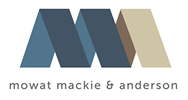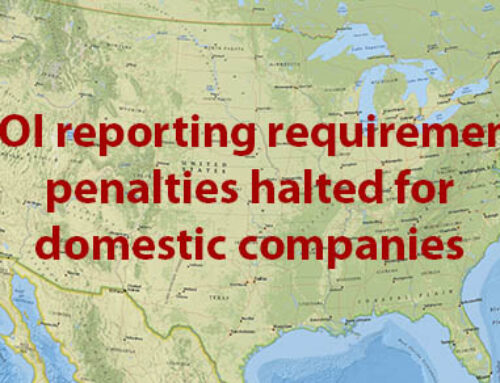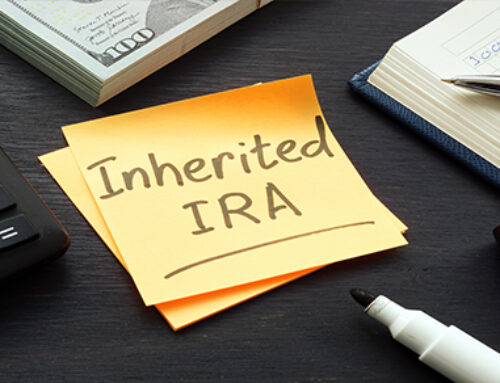The Coronavirus Aid, Relief and Economic Security Act (CARES Act) allocates nearly $350 billion to a new lending program through the Small Business Administration (SBA), aimed at helping employers cover their payrolls during the coronavirus (COVID-19) pandemic. The loans under the Paycheck Protection Program (PPP) are subject to 100% forgiveness if certain criteria are satisfied, and neither the government nor lenders will impose fees.
The program is open to virtually every U.S. small business — including sole proprietors, self-employed individuals, independent contractors and nonprofits — affected by COVID-19. It’s available through June 30, 2020, but on a “first-come, first-served” basis. The U.S. Treasury Department is urging businesses to apply promptly.
Eligible borrowers
The PPP generally is available to small organizations with fewer than 500 employees. The term “employees” includes full-time, part-time and any other status workers.
For businesses in the accommodation and food services sector, the 500-employee threshold is applied on a per physical location basis. The SBA’s normal affiliation rules also don’t apply to companies that receive financial assistance from an SBA-licensed Small Business Investment Company or certain franchises.
Loan requirements
The SBA is waiving its usual requirements for loans. Businesses need not provide personal guarantees or collateral — or demonstrate the inability to obtain some or all of the loan funds from other sources (also known as the Credit Elsewhere requirement).
Instead, borrowers must certify in good faith all of the following:
- They were operating on February 15, 2020, and had employees for whom they paid salaries and payroll taxes or paid independent contractors, as reported on Form 1099-MISC,
- Current economic uncertainty makes the loan necessary to continue ongoing operations,
- The funds will be used to retain workers and maintain payroll, or to make mortgage interest, rent and utility payments for eight weeks (75% of loan proceeds must be used for payroll costs),
- They don’t have, and won’t receive, another loan under the PPP, and
- The number of full-time equivalent employees on payroll and the dollar amounts of payroll costs, covered mortgage interest payments and covered rent payments and utilities.
Independent contractors, sole proprietors and self-employed individuals must provide additional documentation, such as payroll processor records, payroll tax filings, Form 1099s and, for sole proprietors, income and expenses.
Note that, in the days leading up to the opening of the application process, some banks expressed concern that a lack of guidance could result in significant delays in issuing loans. The Treasury Department didn’t release its interim final rule until the evening before the program began accepting applications, so lags in funding may occur.
Loan amounts and terms
Eligible businesses can obtain loans for 2 1/2 months of their average monthly payroll costs plus the outstanding amount of an Economic Injury Disaster Loan (EIDL) made between January 31, 2020, and April 3, 2020 (less the amount of any advance under an EIDL COVID-19 loan, which doesn’t have to be repaid). Seasonal or new businesses will use different applicable time periods for the calculation.
Loans are subject to a $10 million cap. Payroll costs are limited to $100,000 annualized for each employee; amounts above that must be excluded from the calculation. Independent contractors who have the ability to apply for a PPP loan on their own don’t count for purposes of a borrower’s payroll.
Payroll costs include compensation, cash tips, severance, employee benefits (including leave), and state and local taxes on compensation. For sole proprietors, independent contractors and self-employed individuals, payroll includes wages, commissions, income and net earnings from self-employment.
Payroll excludes payroll and income taxes and compensation paid to employees who don’t live in the United States. It also doesn’t include qualified sick or family leave wages paid under the recent Families First Coronavirus Response Act.
The loans carry a fixed interest rate of only 1% and, although the CARES Act provided for terms of up to 10 years, will run for two years. All payments are deferred for six months, but interest will continue to accrue. Borrowers can pre-pay without penalties or fees.
Loan forgiveness
Businesses can qualify for loan forgiveness for amounts used for payroll costs, mortgage interest, and rent and utility payments over the eight weeks after receiving the loan. While the CARES Act provides that a borrower can spend up to 50% of loan proceeds on nonpayroll costs and still qualify for forgiveness, the final regulations indicate that no more than 25% of the loan proceeds can be used for such costs and benefit from forgiveness.
Borrowers also must maintain staff and payroll to qualify for full forgiveness. Loan forgiveness will be reduced if salaries and wages are reduced by more than 25% for any employee who made less than $100,000 annualized in 2019. Businesses will have until June 30, 2020, to restore full-time employment and salary levels from reductions made between February 15, 2020, and April 26, 2020.
Businesses can submit a request for forgiveness to their lenders. Requests must include documents verifying the number of full-time equivalent employees and pay rates, as well as the payments on eligible mortgage, lease and utility obligations. Lenders must make forgiveness decisions within 60 days.
Act now!
The application process for eligible small businesses and sole proprietors began April 3, 2020, and independent contractors and self-employed individuals can begin to apply on April 10, 2020. Businesses might be able to expedite the process by seeking loans from financial institutions where they have existing lending relationships. Contact us for additional information.
© 2020






